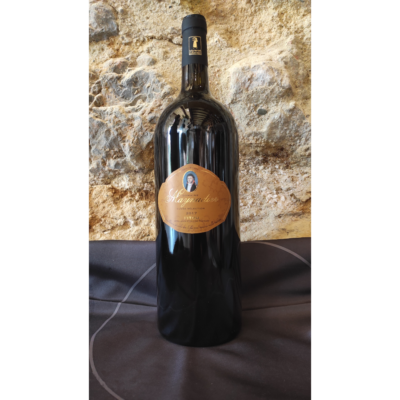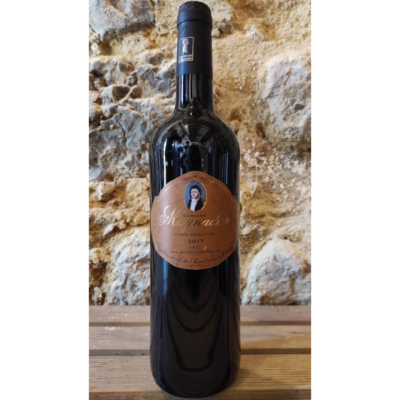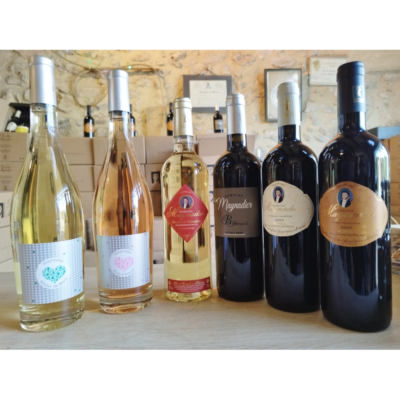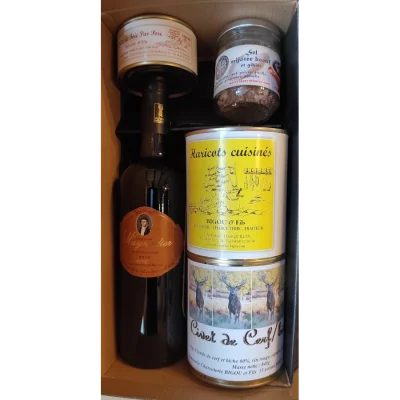The “Aude” PGI is reserved for still red, white or rosé wines. The wines of the Aude are known for their fruity aromas. The red wines have the reputation of being smooth and easy to drink. The white and rosé wines offer an excellent balance between freshness and fruitiness.
The PGI can be completed by the name of one or more grape varieties, by the words “primeur” or “nouveau”, and by the name of the smaller geographical units listed below:
- Coteaux de la Cabrerisse
- Coteaux de Miramont
- Côtes de Lastours
- Côtes de Prouilhe
- Hauterive
- La côte rêvée
- Pays de Cucugnan
- Val de Cesse
- Val de Dagne

The appellation vin de pays and IGP
The appellation “vin de pays” was created by decree in 1968. It makes it possible to differentiate between vins de pays de département and vins de pays de zone. Contrary to the parcels considered for the AOC, the zoning of the wines of country is carried out on the whole surface of a commune, a canton or a department.
In 1987, a new appellation was created with the “vins de pays à dénomination régionale”. The area concerned covers a rather imposing surface of production.
Since August 1, 2009, the classification of local wines has been abolished to be replaced by a term recognized at the European level: the Protected Geographical Indication, PGI.
Aude
The department of Aude is essentially a large valley, bordered to the north by the Montagne Noire of the southern Massif Central, and to the south by the foothills of the Pyrenees. The diversity of mesoclimates and topography has resulted in a diverse terroir, which has allowed for a wide range of wine styles.
Climat of Aude
Generally speaking, the climate is typically Mediterranean, with hot, dry summers and mild winters. The Aude is one of the windiest departments in the south of France, buffeted by cold, dry northwest winds and humid, warm Mediterranean winds.
These winds are important for several reasons: they help slow ripening by cooling grapes on hot, sunny days; they reduce disease pressure by drying out vineyards; and together, they can cause sudden heavy rains in spring and fall, hydrating the vines.
The Aude also experiences climatic diversification from east to west: while the easternmost vineyards are dry and definitely Mediterranean, the westernmost of the department feels more of the maritime influence of the Atlantic Ocean on the west coast of France, with higher rainfall and harsher winters.
Geology
The soils of the Aude are quite diverse, ranging from the sedimentary composition of the Pyrenees to the more schistose and chalky soils of the Montagne Noire. Generally, the vineyards are located on limestone soils which they share with the characteristic garrigue of southern France.
 L’étang de Salse Leucate
L’étang de Salse Leucate
IGP Aude wines
Aude IGP wines are traditionally blends of Mediterranean grape varieties such as Grenache, Carignan and Cinsaut. Increasingly, these blends are being enhanced with grape varieties from other regions of France, in particular with the Bordeaux varieties of Cabernet Sauvignon and Merlot. Varietal wines are also becoming an important part of Aude PGI production.
It is recalled that the Aude departmental PGI has nine other places that can be used as geographical indicators on labels: Hauterive, Cucugnan, Coteaux de Miramont, Coteaux de la Cabrerisse, Côtes de Lastours, Côtes de Prouilhe, Val de Cesse and Val de Dagne.

The various vinifications
The wines of the Aude are available in red, white and rosé.
Red winemaking
Once fermentation has begun, the red wine is made by pressing. During vatting, when the sugars are transformed into alcohol, the juice is enriched by the must. The must has benefited from its contact with the grape pips and skins to be enriched with tannins, odorous, colouring, mineral and nitrogenous substances.
The colour of the red wine intensifies with the length of maceration.
White winemaking
The fermentation process for white wine avoids contact with skins and pips, which is why white wine is made from red or white grapes.
This vinification brings out the aromas of the grapes, which are found during fermentation and ageing.
Rosé winemaking
The vinification of the rosé comes from a maceration of grape varieties with black skins and sometimes a supplement of white grape varieties.




